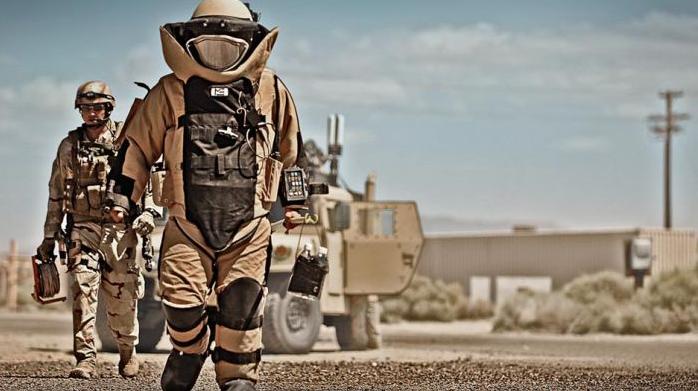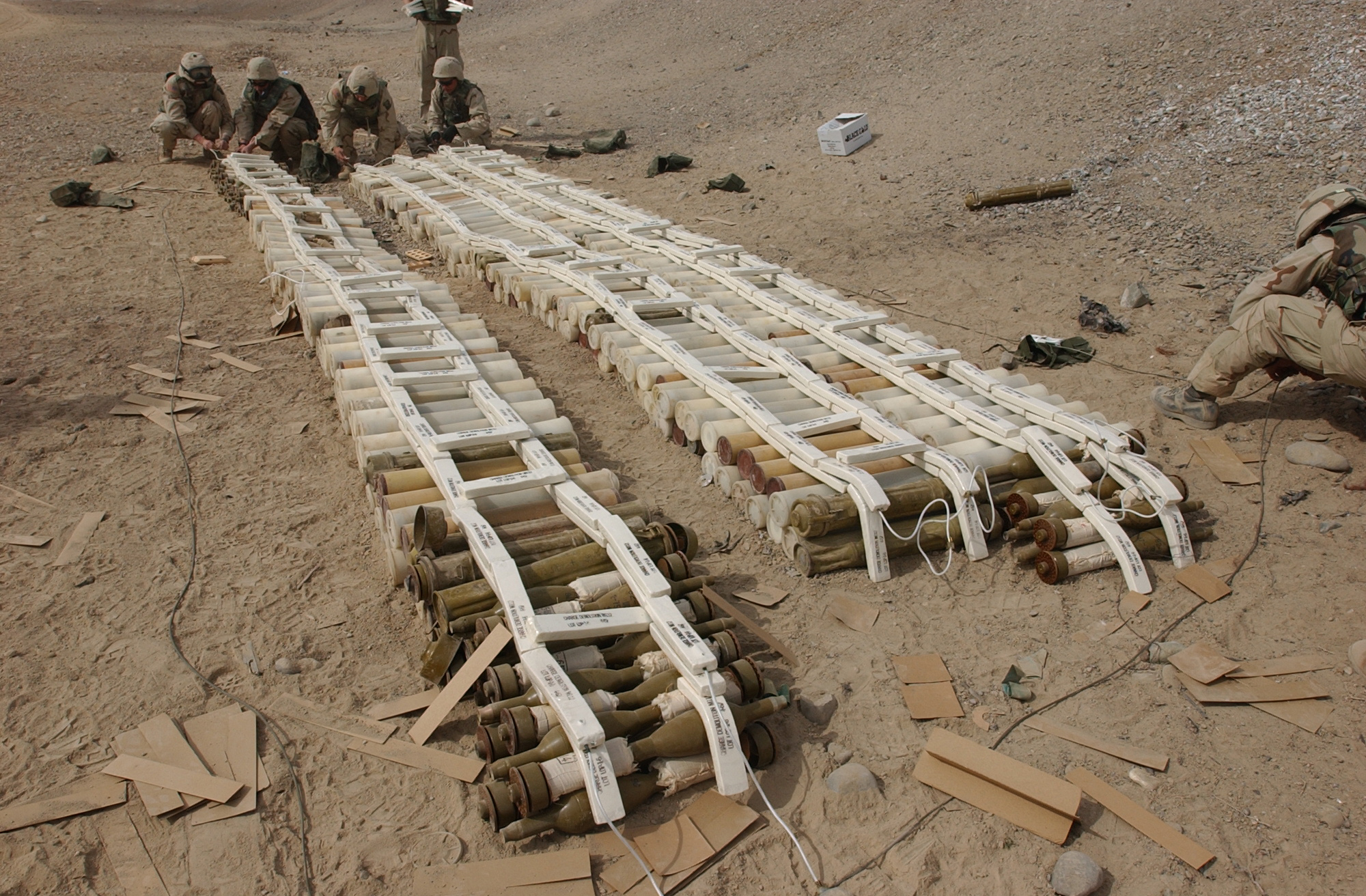Military
EOD in Military Explosive Ordnance Disposal

Introduction to EOD in Military Explosive Ordnance Disposal

The field of Explosive Ordnance Disposal (EOD) is a critical component of military operations, requiring specialized training and expertise to handle and dispose of explosive devices. EOD technicians play a vital role in ensuring the safety of personnel and civilians by identifying, rendering safe, and disposing of explosive threats. In this blog post, we will delve into the world of EOD, exploring the history, techniques, and challenges faced by EOD technicians in the military.
History of EOD

The concept of EOD dates back to World War I, when military forces first encountered explosive devices on the battlefield. However, it wasn’t until World War II that EOD became a formalized discipline, with the establishment of specialized units to handle and dispose of explosive ordnance. Since then, EOD has evolved to address the changing nature of explosive threats, from conventional munitions to improvised explosive devices (IEDs) and other non-traditional threats.
EOD Techniques and Procedures

EOD technicians employ a range of techniques and procedures to identify, render safe, and dispose of explosive devices. These include: * Visual inspection: EOD technicians use specialized equipment, such as bomb suits and robotic systems, to visually inspect explosive devices and determine their type and potential threat. * X-ray analysis: X-ray machines are used to examine the internal components of explosive devices, helping EOD technicians to identify potential hazards and develop a plan for disposal. * Explosive ordnance disposal procedures: EOD technicians follow established procedures for disposing of explosive devices, including rendering safe, disrupting, or destroying the device. Some of the key procedures used in EOD include:
| Procedure | Description |
|---|---|
| Render safe | Disabling the explosive device to prevent detonation |
| Disrupt | Using a controlled explosion to disrupt the explosive device |
| Destruction | Completely destroying the explosive device using a controlled explosion |

Challenges Faced by EOD Technicians

EOD technicians face a range of challenges in their work, including: * High-risk environment: EOD technicians often work in high-risk environments, where the threat of detonation is ever-present. * Complexity of explosive devices: Modern explosive devices can be highly complex, making it difficult for EOD technicians to identify and dispose of them safely. * Limited resources: EOD technicians may have limited access to resources, including equipment and personnel, which can hinder their ability to respond effectively to explosive threats. Some of the key challenges faced by EOD technicians include: * Dealing with improvised explosive devices (IEDs), which can be highly unpredictable and difficult to dispose of. * Working in hostile environments, where the threat of attack or detonation is high. * Managing limited resources, including equipment and personnel, to respond effectively to explosive threats.
💡 Note: EOD technicians must undergo rigorous training to prepare for the challenges they face in the field.
Training and Equipment

EOD technicians undergo extensive training to prepare for their role, including: * Basic training: EOD technicians receive basic training in explosive ordnance disposal procedures and techniques. * Advanced training: EOD technicians may receive advanced training in specialized areas, such as IED disposal or explosive ordnance disposal in hostile environments. EOD technicians use a range of equipment, including: * Bomb suits: Protective suits designed to protect EOD technicians from the effects of explosions. * Robotic systems: Remote-controlled robots used to inspect and dispose of explosive devices. * X-ray machines: Used to examine the internal components of explosive devices.
Conclusion and Final Thoughts

In conclusion, the field of EOD is a critical component of military operations, requiring specialized training and expertise to handle and dispose of explosive devices. EOD technicians play a vital role in ensuring the safety of personnel and civilians, and their work is essential to the success of military operations. As the nature of explosive threats continues to evolve, it is essential that EOD technicians remain adaptable and responsive, using their skills and expertise to address the challenges they face in the field.
What is the primary role of an EOD technician?

+
The primary role of an EOD technician is to identify, render safe, and dispose of explosive devices, ensuring the safety of personnel and civilians.
What kind of training do EOD technicians receive?

+
EOD technicians receive extensive training, including basic training in explosive ordnance disposal procedures and techniques, as well as advanced training in specialized areas.
What equipment do EOD technicians use?

+
EOD technicians use a range of equipment, including bomb suits, robotic systems, and X-ray machines, to inspect and dispose of explosive devices.



